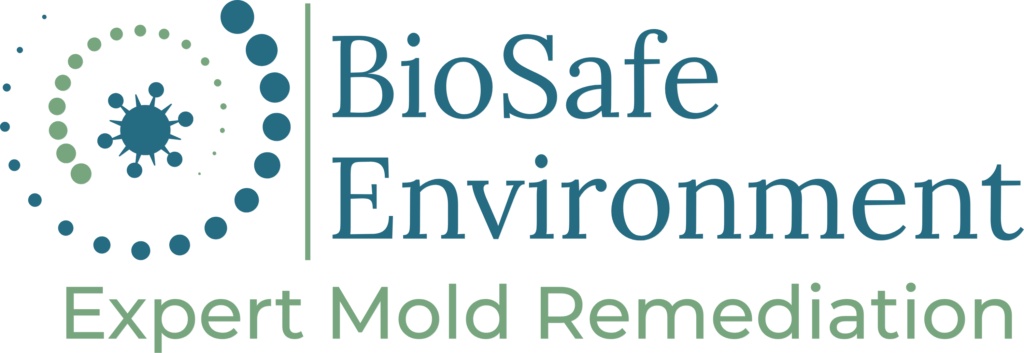Areas of Mold
Your Guide to a Mold-Free ENVIRONMENT
Identifying and Addressing Mold Issues
Mold can grow in various areas of your home or business, especially when conditions are favorable. Understanding the common areas where mold thrives is essential for effective prevention and remediation. Here, we’ll explore the four most common areas where mold tends to grow.

Attics
Mold growth in attics is more common than you might think. Have you ever noticed the winter ice-dams on some houses and buildings, or that some homes in your neighborhood have very little snow on their roofs, yet others remain snow-covered most of the season? These are signs of heat loss and ineffective ventilation, which leads to condensation and mold growth in the attics.
Cleaning and eradicating the growth in attics is only part of the remediation. Fixing the ventilation and addressing the contributing factors so that it doesn’t grow back is our goal.

Basements
Basements are part of the living area in our homes and molds should never be found there, let alone be living in them.
Unfortunately, there are several reasons why basements are more susceptible to mold growth, and in this situation, the age of the property makes a lot of difference. Prior to 1972, the underground foundations of all buildings, including houses, were not sealed on the exterior with tar-coating. Since brick, concrete, and mortar are porous, these foundations allow moisture to seep into the basements. Unless specific measures are in place to ensure adequate drying, these basements will have mold growth to some degree. If it smells musty, growth is present.
Properties built after 1972 are far less likely to have mold growth because the foundations most likely are tar-coated. However, mold can still be present in these buildings and there are many scenarios for this to occur.
Our mold remediation process for basements includes evaluating all potential moisture sources, ensuring appropriate corrections, then implementing the best approaches to keep the environment moisture-free.

Crawl Spaces
Crawl spaces present unique challenges, mainly because the original thinking and design was flawed. It was thought that crawl spaces should be vented to the outside, just like attics, and unfortunately most crawl spaces are still vented, unconditioned spaces. In 2013 the standards were changed for crawl spaces, due to the problems with moisture, humidity, and mold growth.
It is now recommended that crawl spaces be conditioned spaces, and not vented to the outside. The rim joists are the only areas that should be insulated, not the ceiling because this causes more condensation between the insulation and the wood.
Mold remediation of crawl spaces is like that of basements, but there are some additional steps that should be implemented to adequately ensure a clean, dry, and mold-free environment.

Anywhere and Everywhere
As stated earlier, molds can grow anywhere when the conditions are right. Leaky pipes, flooded basements, sewage backups, and even steamy showers are some other common culprits.
It is important that any flood be cleaned up and completely dried as soon as possible. It only takes 24 hours for molds to begin to grow and in 48 hours, germination begins, in other words, spores (seeds) are produced and released.


